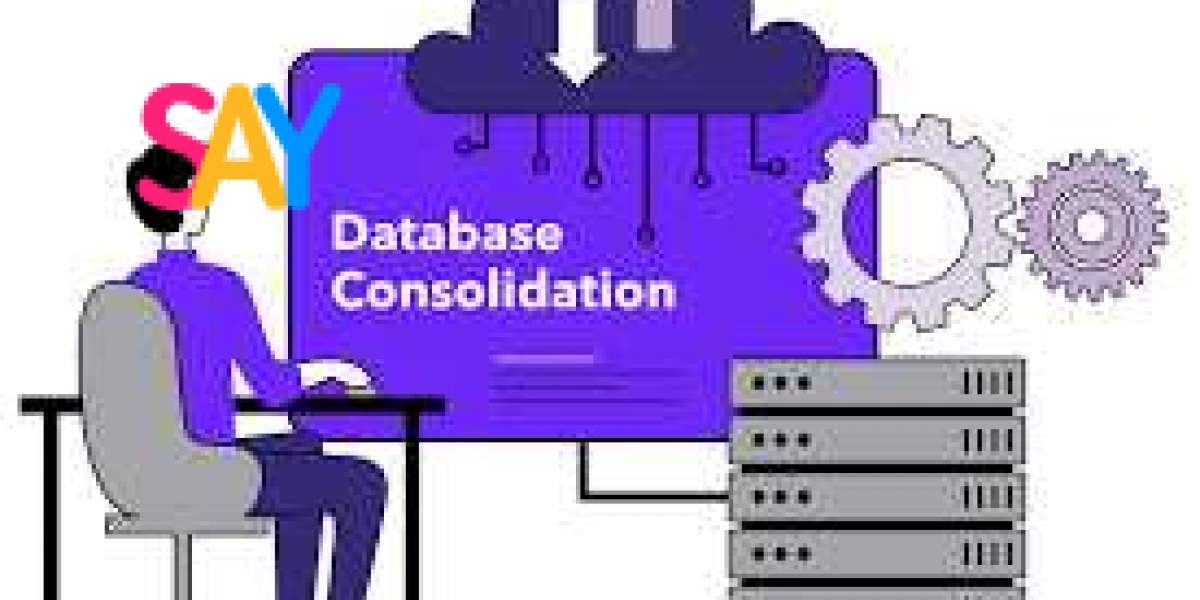Introduction
In today's data-driven landscape, businesses face the daunting challenge of managing vast amounts of data efficiently and effectively. With the exponential growth of data sources and formats, organizations are constantly seeking ways to streamline their data management processes. This is where data consolidation tools come into play, offering a powerful solution to optimize data handling and elevate overall business strategy.
What is Data Consolidation?
Data consolidation is the process of combining data from multiple sources into a unified repository or platform. This consolidated dataset provides a single source of truth, enabling organizations to gain comprehensive insights and make informed decisions. By centralizing disparate data sources, businesses can eliminate data silos, improve data quality, and enhance data accessibility.
The Importance of Data Optimization
In today's competitive landscape, data optimization is key to gaining a competitive edge. By optimizing data, organizations can unlock valuable insights, drive innovation, and improve operational efficiency. However, achieving data optimization requires more than just collecting data—it necessitates effective data management strategies. This is where data consolidation tools play a pivotal role, offering the following benefits:
Enhanced Data Quality: Data consolidation tools help standardize and cleanse data, ensuring accuracy and consistency across all sources. By eliminating duplicates, errors, and inconsistencies, organizations can trust the integrity of their data and make more reliable decisions.
Improved Data Accessibility: Centralizing data through consolidation tools makes it easier for users to access the information they need. With a single source of truth, employees can quickly find relevant data without wasting time searching through multiple systems or databases.
Streamlined Data Analysis: Consolidating data simplifies the process of data analysis by providing a unified dataset for analysis. This streamlined approach allows organizations to uncover valuable insights more efficiently, leading to faster decision-making and better outcomes.
Cost Savings: By reducing data duplication and streamlining data management processes, data consolidation tools help organizations save both time and money. By optimizing data storage and improving resource utilization, businesses can lower operational costs and maximize ROI.
Scalability and Flexibility: Data consolidation tools are designed to scale with the growing needs of businesses. Whether expanding operations or adding new data sources, organizations can easily adapt their data infrastructure to accommodate changes, ensuring scalability and flexibility.
Implementing Data Consolidation Tools: Best Practices
To harness the full potential of data consolidation tools, organizations should follow these best practices:
Define Clear Objectives: Clearly define your data consolidation objectives and align them with your business goals. Whether improving data quality, enhancing analytics capabilities, or increasing operational efficiency, having a clear vision will guide your consolidation efforts.
Choose the Right Tool: Select a data consolidation tool that meets your specific requirements and integrates seamlessly with your existing systems. Consider factors such as scalability, compatibility, ease of use, and vendor support when evaluating different options.
Cleanse and Standardize Data: Before consolidating data, cleanse and standardize it to ensure consistency and accuracy. Remove duplicates, correct errors, and enforce data quality standards to maintain the integrity of your consolidated dataset.
Establish Data Governance: Implement robust data governance policies to ensure data security, privacy, and compliance. Define roles and responsibilities, establish data access controls, and enforce data management best practices to safeguard your consolidated data.
Continuously Monitor and Improve: Data consolidation is an ongoing process that requires continuous monitoring and optimization. Regularly review your data consolidation strategy, identify areas for improvement, and adapt to evolving business needs and technological advancements.
Conclusion
In an increasingly data-driven world, organizations must leverage data consolidation tools to optimize their data management processes and drive strategic decision-making. By centralizing disparate data sources, enhancing data quality, and streamlining data analysis, businesses can unlock valuable insights and gain a competitive edge in today's digital landscape. Embrace data consolidation as a cornerstone of your data optimization strategy and empower your organization to thrive in the age of data.




